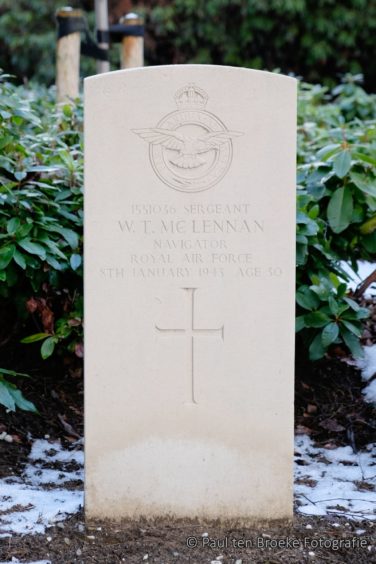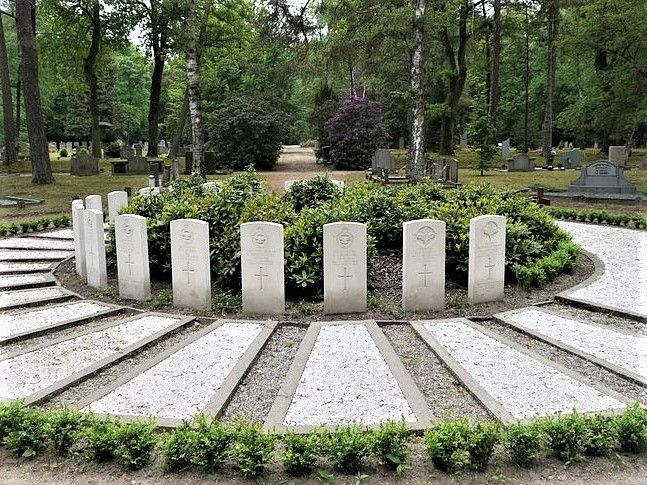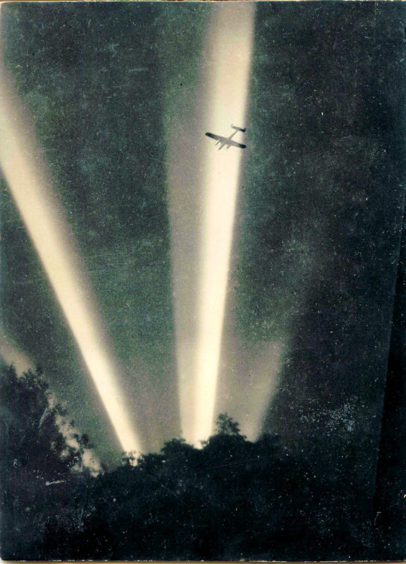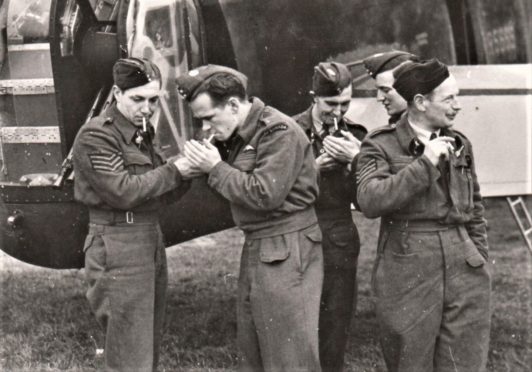Lancaster bombers were among the most famous aircraft involved in the Second World War.
But, although they performed a significant role in so many offensives during the conflict, their size often made them vulnerable to enemy attack.
Sergeant William Thomas McLennan, a 30-year-old bomb aimer from Aberdeen and a member of the RAF volunteer reserve, was among the crew of the Lancaster W4159 on a mission to Duisburg, western Germany, at the start of 1943.
He and his colleagues amply recognised the dangers involved in such sorties, which claimed the lives of thousands of airmen on both sides throughout the conflict.
They smoked and drank together, talked about their loved ones – Mr McLennan’s wife, Sarah, was back home in the Granite City – and prayed they would come to no harm.

Yet there was no escape for the seven men in the cockpit who were shot down by a German night-fighter and crashed in the eastern Netherlands on January 8 that year.
The remains of those who perished are buried in the cemetery in the village of Vorden and Mr McLennan’s gravestone records that he was the son of William and Elsie McLennan, who were also resident in Aberdeen.
But now, one of the organisers of a 75th anniversary service to mark the liberation of the Netherlands has contacted the Press and Journal, requesting more information about the dead flier, and inviting his descendants to attend a special memorial service on April 4, 2020.

Mr Wout Dekkers is searching for any family members and has urged the public to provide more details about Mr McLennan.
He said: “We want to remember these brave men who lost their lives all those years ago and helped the Allies win the war, even though they were not there to see it.
“In April, 2020, a local harmony orchestra [a type of brass band] is putting on a commemorative concert which will remember the crash of the Lancaster.
“We are inviting relatives to visit our concert and other activities and, of course, pay their respects at the graves in the general cemetery in Vorden.

“I have been trying to find out whether Mr McLennan has any descendants.
“I approached your Aberdeen ‘government’ [council], but they were unable to help because of data protection regulations. However, I have not given up hope.
“I have already found a niece of another victim, Patrick Brogan. It would be nice if some of the relatives can meet one another and share memories of their loved ones.”
The crew was: Pilot: Dick Foote, 22
Navigator: Munro McKenzie, 19
Second pilot: Maxwell Wilson Stephenson, 23
Bomb aimer: William Thomas McLennan, 31
Back-archer: Patrick George Broga, 19
Tail-gunner: Robert Kilpatrick Wardrop, 33
Radiotelegrapher and gunner George Mitchell, age unknown
Anybody with information should email Wout Dekkers at w.dekkers@worldonline.nl.
